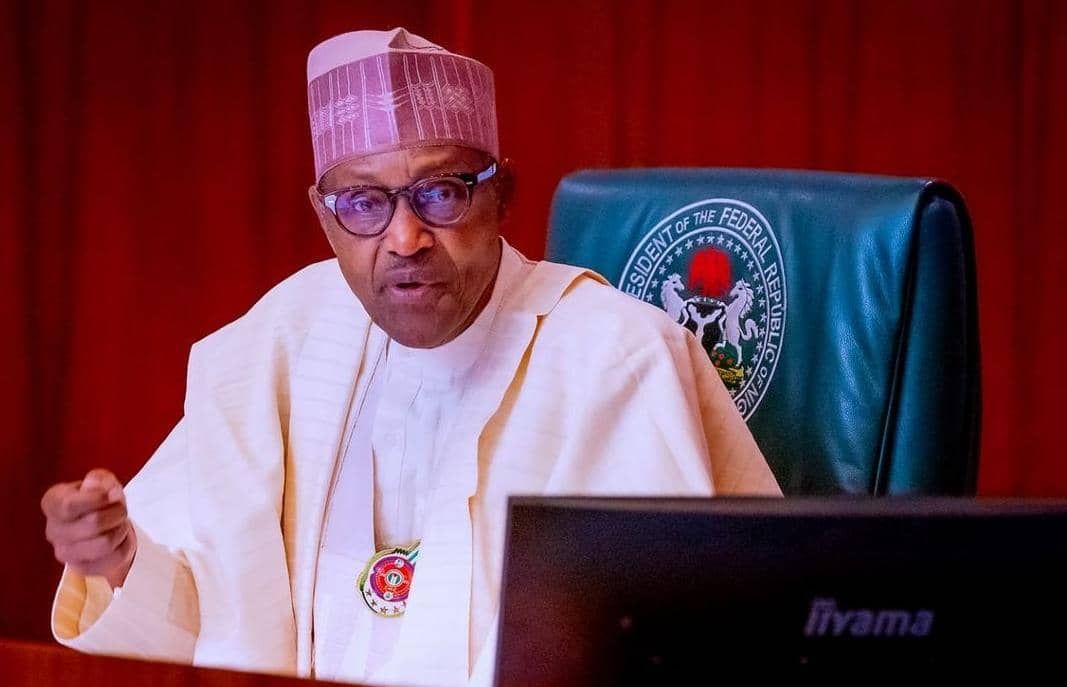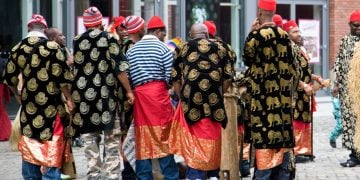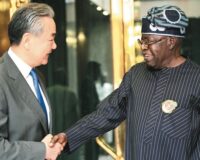President Muhammadu Buhari has expressed his displeasure with the state of electricity in Nigeria.
Nigeria currently has the capacity to produce 13,000 megawatts of electricity but currently, Africa’s most populous nation produces just 4,000 megawatts on the national grid.
The President had in May 2018 queried the spending of $16bn on power projects during the administration of former President Olusegun Obasanjo.
But speaking during an exclusive interview on Channels Television on Wednesday, the President reiterated his administration in providing infrastructure for Nigerians, including improving electricity.
When asked if he is happy with the nation’s capacity of electricity production, the President replied in the negative.
“I am not because I identify that no country can develop without infrastructure and infrastructure means road, rail and power,” Buhari said.
“This government is working very hard on the road. Try to imagine what was happening between Lagos to Ibadan six months ago and what it is now.
“We are doing from Lagos to Kano the rail, road from here to Kaduna to Kano. So we have to get the infrastructure right and then Nigerians will mind their own business. But when the infrastructure is not there, the roads are not there, the rail is virtually killed, no power, what do we expect people to do?”
The President also shed more light on why the electricity supply is yet to be stable in the country.
While noting that the Transmission Company of Nigeria (TCN) is 100% government-owned, he noted that his government inherited the Distribution Companies (DisCos).
According to the President, the owners of Discos bought them based on geo-political zones rather than merit.
He added, “The people that own them, who are they? They are not electrical engineers, they don’t have money, it is just a political favour.
“To remove a system and reintroduce one is no joke. Luckily we have the TCN and that is the transmission. If we can get our technology right, we will cut the cost on transmission and the likelihood of sabotaging the lines and so on.”







